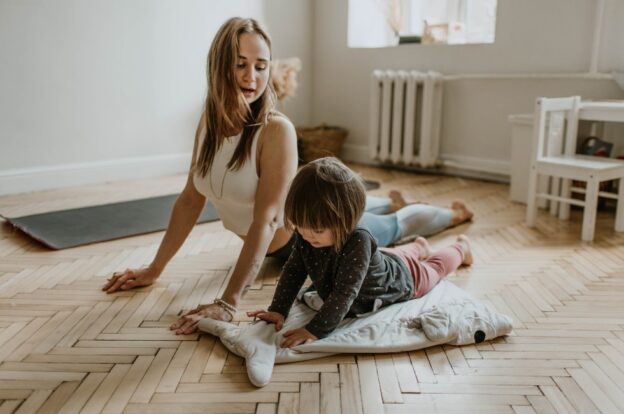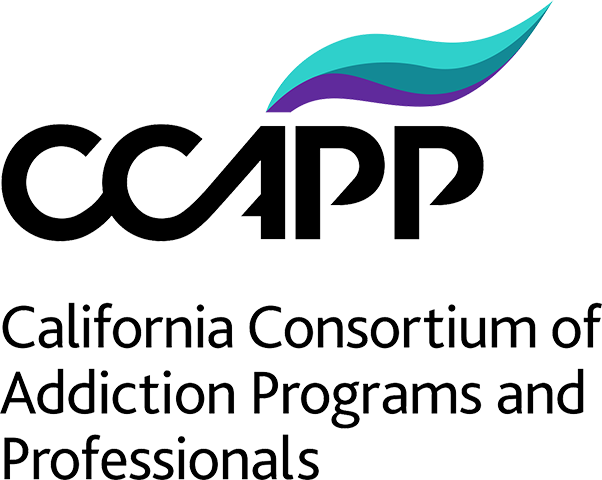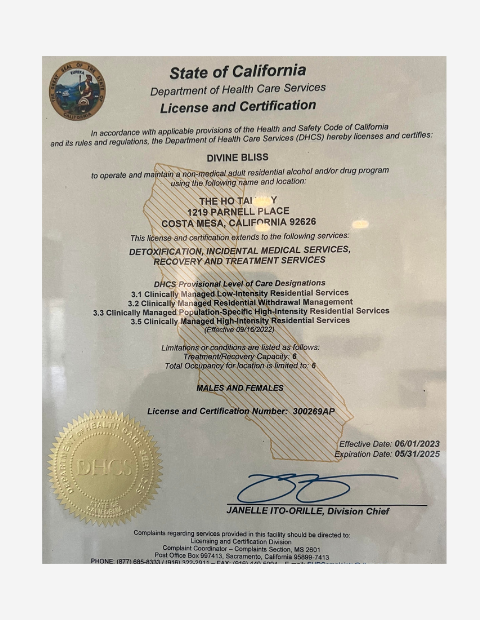When you seek treatment for a substance use disorder (SUD), you’ll start with traditional forms of treatment. This includes inpatient or outpatient treatment. When you complete these initial forms of treatment, you’ll move on to continued treatment. Continued treatment typically includes therapy or regular 12-Step support group meetings.
While these are all very good forms of treatment, you should also do supplemental things to keep yourself on the path of recovery. One example of this is yoga. Yoga is not meant to replace other forms of treatment but is just something extra that you can try. You may find that it improves your mental health and allows you to think more clearly. If you’ve never done yoga before, you might be a little skeptical or even daunted. Not to worry. There are plenty of yoga for beginners tutorials out there for you to choose from. Give it a shot – you might be pleasantly surprised.
5 Beginner Yoga Moves
One of the great things about yoga is that you don’t really need any supplies. Some people like to use yoga mats to make themselves more comfortable, but if you don’t have one, that’s okay. You can do yoga on the floor or even outside on the grass.
A lot of gyms and fitness centers offer group yoga classes. But if this is not something that you’re comfortable with yet, you can simply practice it yourself for free. Some people like to listen to calming music while they do yoga. Others like to meditate or practice breathing exercises. However, you are also free to just sit in silence, clear your head, and be present in the moment.
There are some main yoga poses that you can learn while you’re first starting out. As you become more advanced, you may want to try more difficult poses. These are great starting points that just about anyone can do. You can do each pose for a few minutes or for as long as you feel comfortable.
#1 The Child’s Pose
This pose is a great way to stretch your neck, spine, and hips. To do it, kneel on the floor with your toes pointed out. You’ll then want to stretch your arms all the way out on the floor with your head also resting on the floor.
#2 The Tree Pose
This pose is helpful in increasing mobility in your hips and stretching your chest and shoulders. To do it, stand up and shift your weight to one side of your body. Raise one leg up in the air and, with your knee pointing out, rest your foot on the side of your other leg, just about your knee.
#3 Downward Dog
This is one of the most well-known yoga poses and one of the easiest. It stretches your legs, spine, and hamstring muscles. Start by getting down on the floor on all fours. Then extend your knees up in the air so that your body creates a V-shape. You should be facing downwards toward the floor.
#4 Seated Forward Bend
This pose is great for stretching your spine and shoulders. It is essentially done just as it sounds. All you have to do is sit on the floor with your legs together, straight out in front of you. Reach forward so that you’re touching the tips of your toes. If you can get your body to stretch far enough, grab onto your feet. Then bend your head forward so that you’re facing your lap.
#5 Reclining Twist
This pose stretches your spine and shoulders. Start by lying on the floor so that your head and back are flat against the ground. Bend your knees while keeping your legs together and let them shift to one side. You’ll then stretch your arms out at your sides, creating a T-shape.
If you want a visual for any of these positions, they can easily be found through a quick search online. There are also plenty of YouTube tutorials online that walk you through each movement.
The Benefits of Yoga
Yoga is great for your physical health and mobility because it allows your body to stretch in ways it might not typically do throughout an average day. It can help strengthen your body and make you more resilient against things like muscle tears and other injuries. But perhaps even more importantly, yoga can improve one’s mental health. When your mental health is as strong as it can possibly be, you’re better equipped to make smart decisions and say “no” to possible temptations. This can help prevent relapse for people in recovery from SUD.
Some additional potential benefits of yoga include:
- Stress relief
- Better quality sleep
- Increased self-awareness
- The ability to practice self-reflection
- Pain relief
- The ability to connect with the world around you
- Better energy levels
- Emotional healing
In addition to traditional forms of treatment for a substance use disorder (SUD), there are also supplemental things you can do. One of these things is yoga. If you haven’t tried yoga before, you may be a little skeptical or even daunted. Consider giving it a shot. There are a variety of mental and physical benefits associated with this practice. Yoga allows you to stretch your body, reduce stress levels, and build strength. It can also lead to pain relief and emotional healing. Plus, you can do it from the comfort of your own home. If you are struggling with SUD, our team at The Ho Tai Way can help. Call (714) 581-3974 today to learn more.









